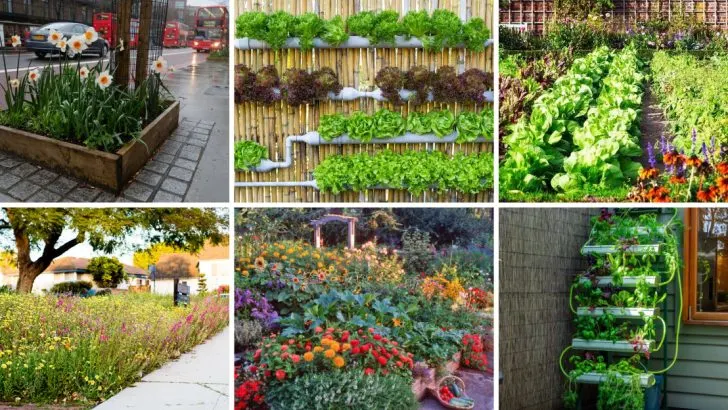Gardening is evolving, and so are the ways we think about our outdoor spaces. Gone are the days when traditional rows of neatly pruned hedges and flowerbeds were the standard. Today’s gardeners are breaking the mold, mixing sustainability with creativity in ways that challenge the conventions of landscape design. It’s about rethinking the way we use our land, experimenting with unconventional plants, and finding beauty in the unexpected.
The rise of subversive gardening trends is pushing boundaries and inviting us to see our gardens through a new lens. From incorporating native, wild plants to embracing urban agriculture, these trends reflect a shift toward more eco-conscious, aesthetically bold landscapes. It’s not just about keeping up with trends—it’s about questioning what’s always been done and asking, “What if we tried something different?”
Guerilla Gardening
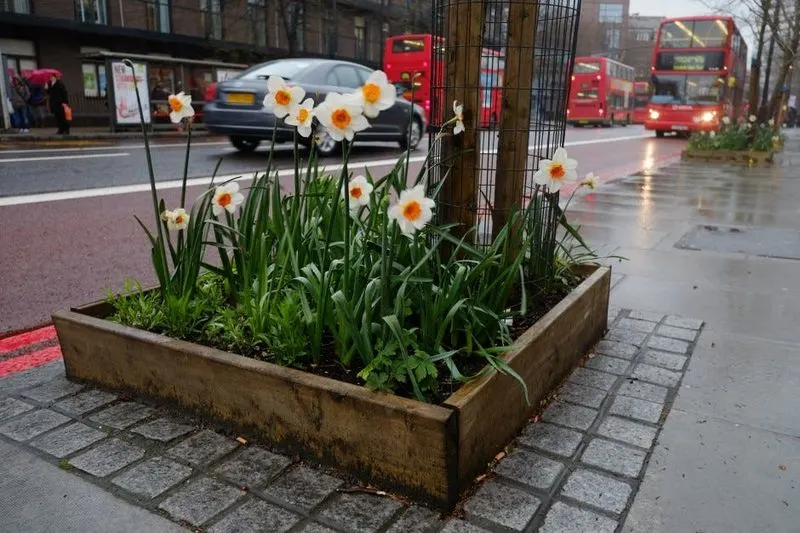
With a trowel in hand, the urban guerilla gardener defies convention by turning neglected city plots into vibrant havens. It’s a movement born from a desire to reclaim public spaces and inject life into the grayness of urbanity. By planting flowers, herbs, and even vegetables in abandoned lots, these green rebels foster community spirit and environmental awareness.
This trend is not just about aesthetics; it’s a statement of defiance against the sterile urban environment. Participants often operate under the cover of darkness, adding an element of mystery and excitement to their eco-friendly mission.
Vertical Gardens
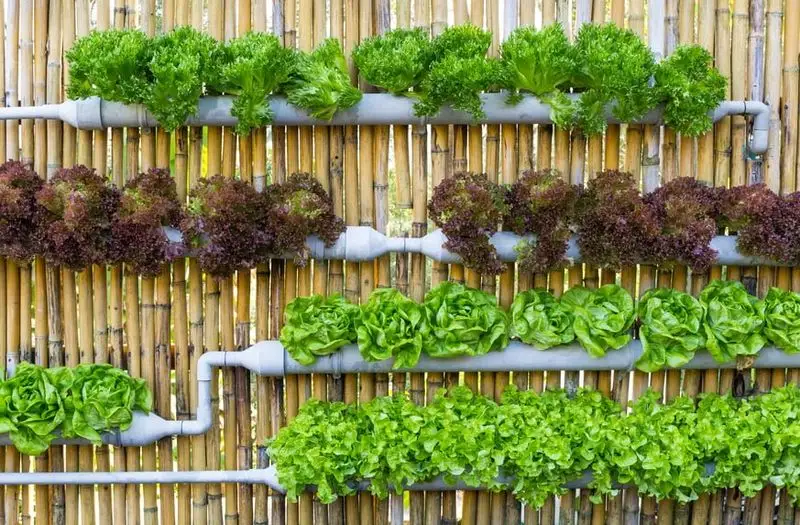
Imagine a wall that breathes! Vertical gardens, also known as living walls, transform dull facades into green masterpieces. This innovative approach allows city dwellers to enjoy nature without the need for a sprawling backyard.
By utilizing vertical space, these gardens provide a unique solution for urban gardening challenges. They improve air quality and add a touch of wilderness to concrete jungles. The visual appeal is matched by the practicality, as they offer insulation benefits and create habitats for urban wildlife.
Permaculture Gardens
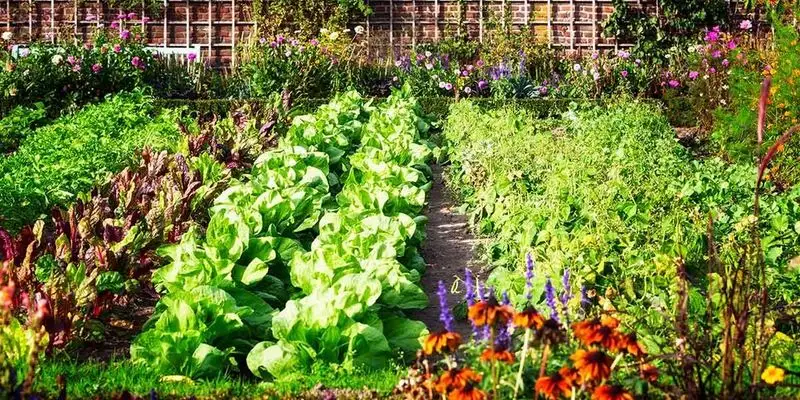
Permaculture gardens are a harmonious blend of nature and agriculture. By mimicking natural ecosystems, these gardens provide sustainable food sources while enhancing biodiversity. It’s an approach that respects the earth and prioritizes ecological balance.
Design principles focus on efficiency and sustainability, making them attractive to environmentally conscious gardeners. They incorporate features like rainwater harvesting, companion planting, and natural pest control. This trend isn’t just about growing food; it’s about cultivating a relationship with nature that respects the intricate web of life.
Wildflower Lawns
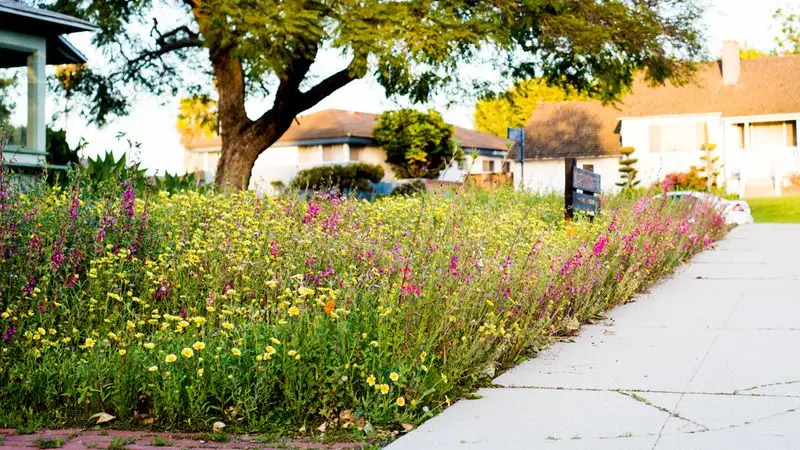
Wave goodbye to pristine turf and welcome wildflower lawns, where nature’s artistry is on full display. These lawns offer a riot of colors and attract pollinators, making them a haven for biodiversity.
Replacing traditional grass with wildflowers not only reduces maintenance but also supports local ecosystems. It’s a step towards embracing a more naturalistic approach to landscaping. Whether sprinkled with daisies or poppies, these lawns invite a sense of whimsy and charm into everyday spaces.
Edible Landscapes
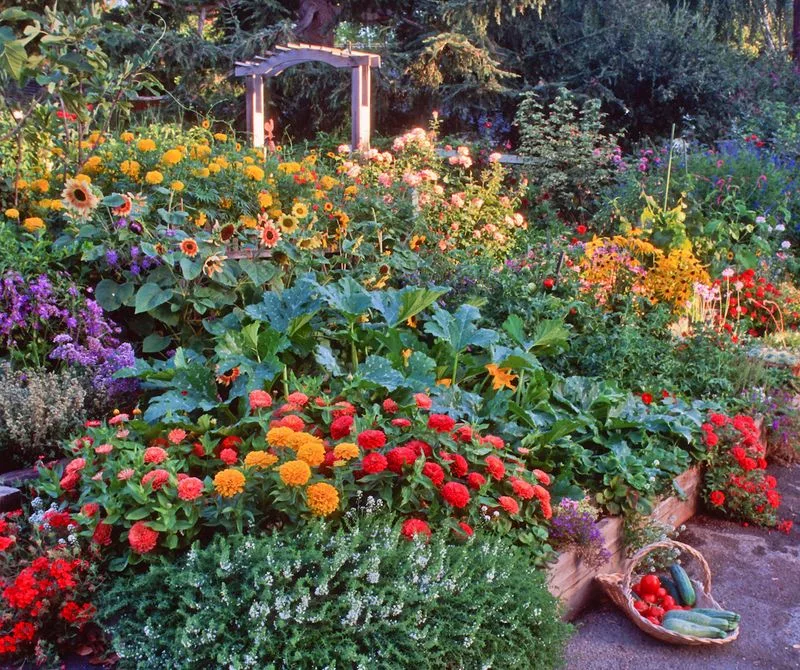
Why separate beauty from utility when you can have both in edible landscapes? These gardens combine ornamental plants with edible varieties, offering visual delight and delicious harvests. It’s a practical trend that celebrates sustainability and creativity.
From fruit trees to culinary herbs, every plant has a purpose, turning ordinary gardens into productive paradises. This multifunctional approach encourages healthy living and fosters a deeper connection with the food we eat.
Hydroponic Systems
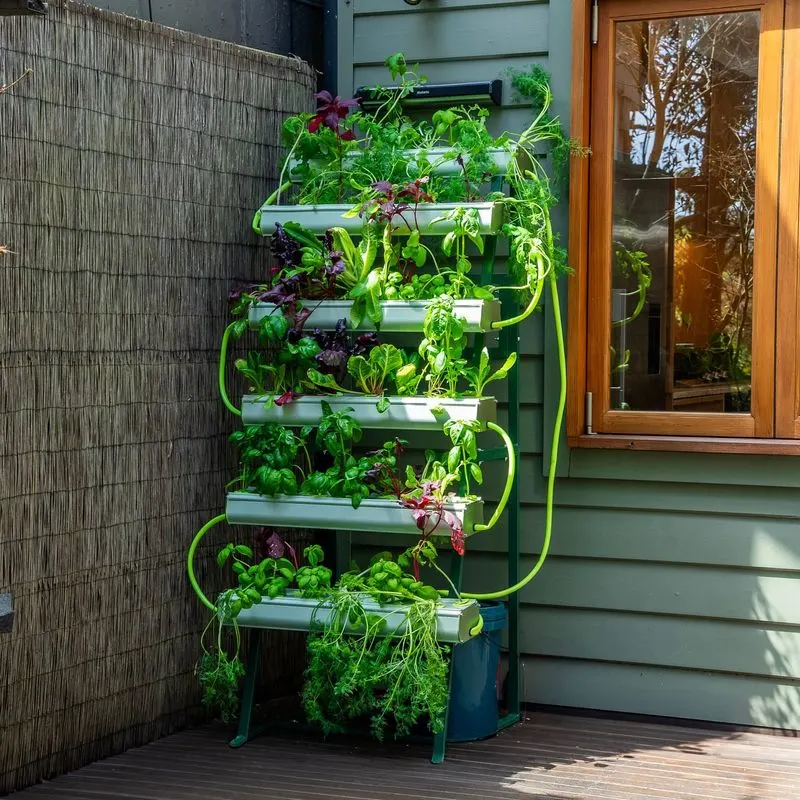
Step into the future with hydroponic systems, where soil is replaced by nutrient-rich water. This method allows for efficient and precise cultivation, making it ideal for tech enthusiasts and space-constrained gardeners.
Hydroponics offers faster plant growth and higher yields, all while conserving water and avoiding soil-borne diseases. Whether in a home or urban farm, this trend represents a cutting-edge yet accessible approach to modern gardening.
Xeriscaping

For those in arid climates, xeriscaping offers a stunning solution to water scarcity. By using drought-resistant plants, these gardens thrive with minimal irrigation. It’s a trend that respects the natural environment while providing visual intrigue.
The choice of succulents, cacti, and native plants ensures that beauty is not sacrificed for sustainability. Xeriscaping embodies the delicate balance between conserving resources and achieving aesthetic appeal in challenging climates.
Cottagecore Gardens
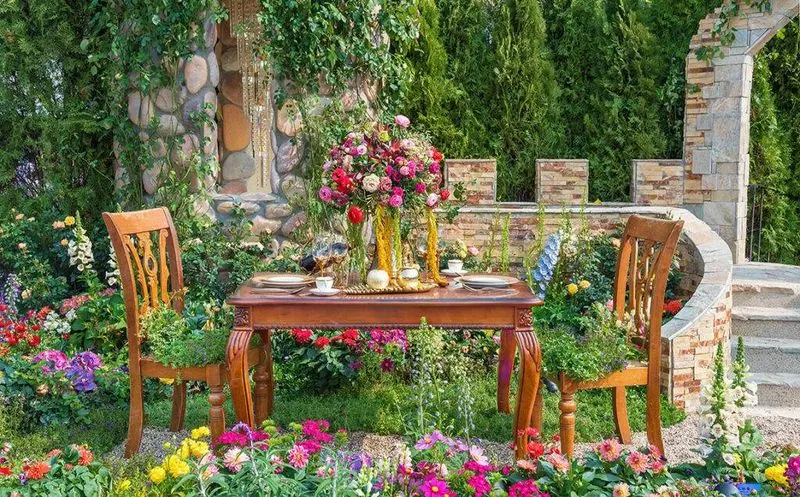
Embrace the romantic charm of cottagecore gardens, where nostalgia meets nature. Inspired by idyllic countryside scenes, these gardens combine whimsy with practicality. From winding paths to overgrown flower beds, they capture a sense of nostalgia and simplicity.
This trend celebrates the beauty of imperfection, allowing gardens to evolve naturally without strict boundaries. It invites relaxation and introspection, offering a peaceful retreat from the hustle of modern life.
No-Dig Gardens
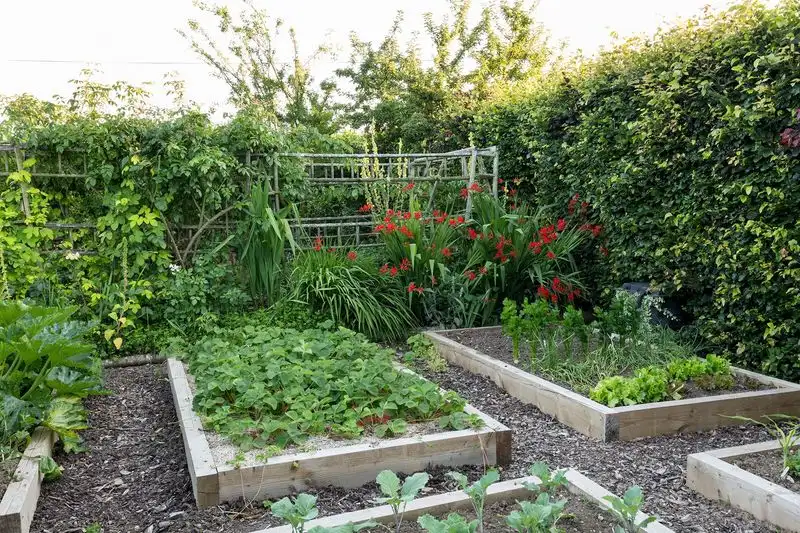
Say farewell to back-breaking digging with no-dig gardens, a technique that prioritizes soil health and ease of maintenance. By layering organic material, gardeners create fertile environments without disturbing the natural soil structure.
This trend encourages biodiversity and reduces weed growth by mimicking natural processes. It’s an eco-friendly method that appeals to both seasoned gardeners and beginners, promising bountiful harvests without the toil.
Rain Gardens

Capture every drop with rain gardens, specially designed to manage stormwater runoff. These gardens are filled with moisture-loving plants that prevent erosion and filter pollutants. It’s a conscientious way to enhance urban resilience against flooding.
By integrating rain gardens into landscaping, homeowners contribute to groundwater recharge and pollution reduction. This trend combines functionality with flora, transforming rainwater into a resource rather than a nuisance.
Pollinator Gardens
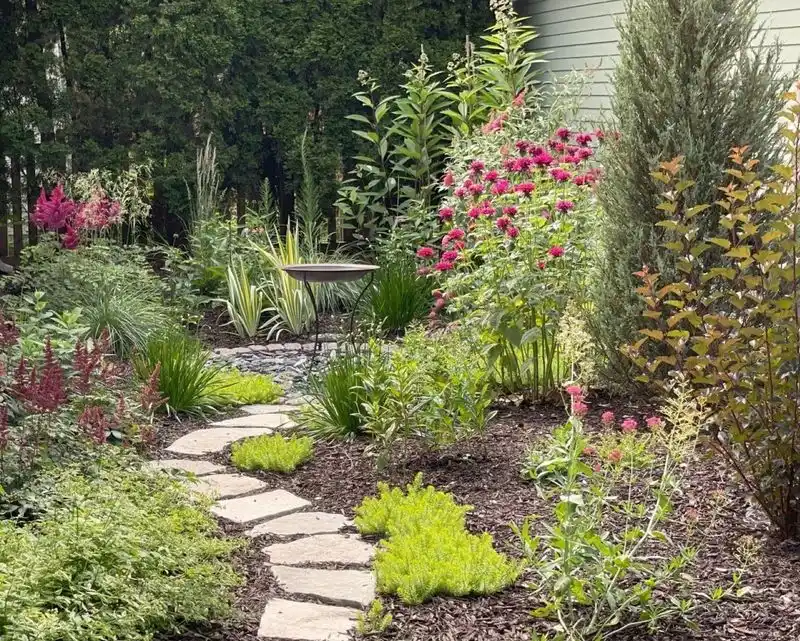
Pollinator gardens are buzzing with life, providing essential habitats for bees, butterflies, and other pollinators. This trend is vital for supporting biodiversity and ensuring the health of ecosystems.
These gardens are a symphony of colors and scents, attracting pollinators with their vibrant displays. By planting native species and providing shelter, gardeners create sanctuaries that sustain these crucial creatures.
Zen Gardens

Find serenity in Zen gardens, where simplicity meets mindfulness. These minimalist landscapes invite contemplation through artful arrangements of gravel, rocks, and carefully chosen plants.
Zen gardens are designed to evoke tranquility and focus, offering a space for reflection and meditation. The act of maintaining these gardens becomes a meditative practice, connecting the gardener with nature and inner peace.
Fairy Gardens
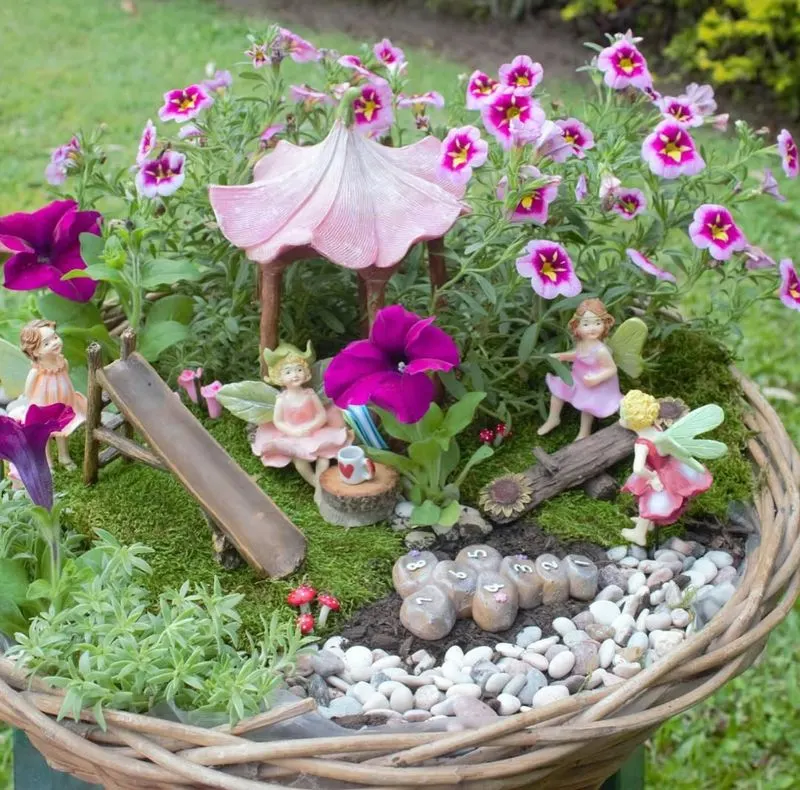
Step into a world of magic with fairy gardens, where imagination takes root. These miniature landscapes are filled with tiny plants, figurines, and decorations, creating whimsical scenes that delight children and adults alike.
Fairy gardens offer a playful escape, encouraging creativity and storytelling. They’re perfect for small spaces and can be customized to reflect personal tastes, adding an enchanting touch to any corner of a home or garden.
Forest Gardens

Forest gardens are the epitome of ecological harmony. By mimicking natural forest ecosystems, these gardens integrate multiple layers of edible and beneficial plants.
This approach promotes self-sufficiency and biodiversity, offering fruit, nuts, and herbs alongside beauty. Forest gardens require careful planning but reward gardeners with resilient landscapes that thrive with minimal intervention.
Therapeutic Gardens
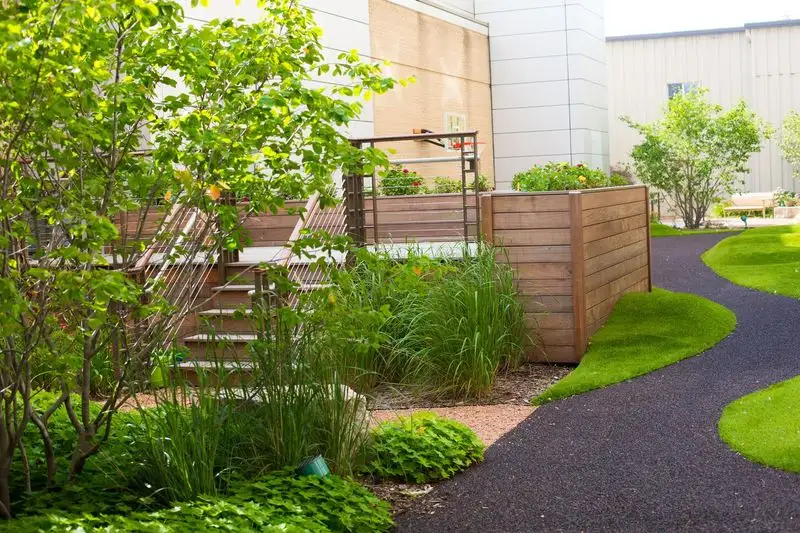
Therapeutic gardens are designed with healing in mind, offering a sanctuary for relaxation and recovery. Filled with sensory plants and tranquil features, these gardens support mental and emotional well-being.
Whether used for meditation, therapy, or quiet reflection, they provide a safe space to reconnect with nature. The thoughtful design fosters a nurturing environment that soothes the soul and encourages mindfulness.
Rewilding Gardens
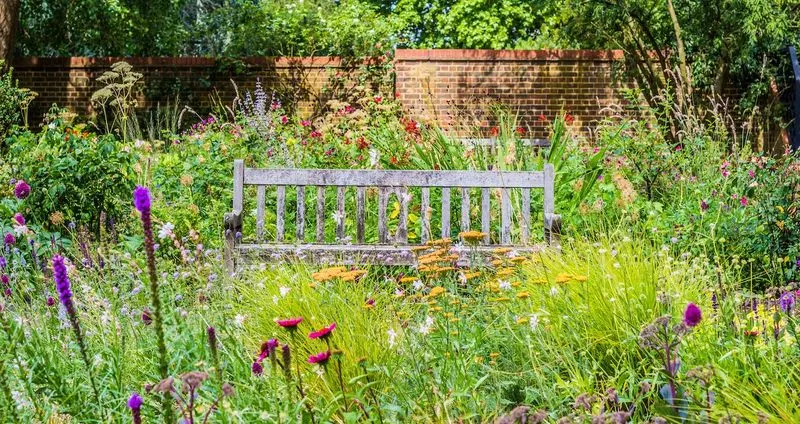
Rewilding gardens let nature take the lead, encouraging native species to flourish without human intervention. This approach supports biodiversity, offering habitats for wildlife while reducing maintenance efforts.
It’s a shift towards ecological gardening, embracing the untamed beauty of nature. By prioritizing native plants, rewilding gardens create resilient ecosystems that adapt to local conditions.
Moon Gardens
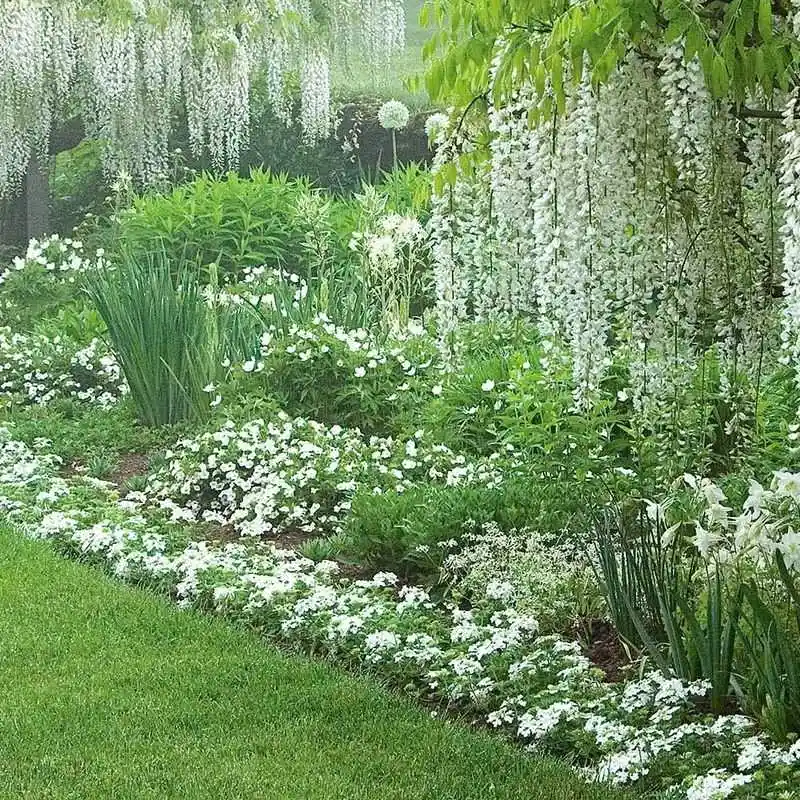
Experience the enchantment of moon gardens, designed to shine in the soft glow of night. Filled with white and pale-colored flowers, these gardens come alive under the moonlight, offering a sensory feast.
The choice of fragrant blooms enhances the nocturnal experience, creating a serene atmosphere perfect for evening strolls. Moon gardens celebrate the beauty of the night, inviting gardeners to explore the magic of twilight.

